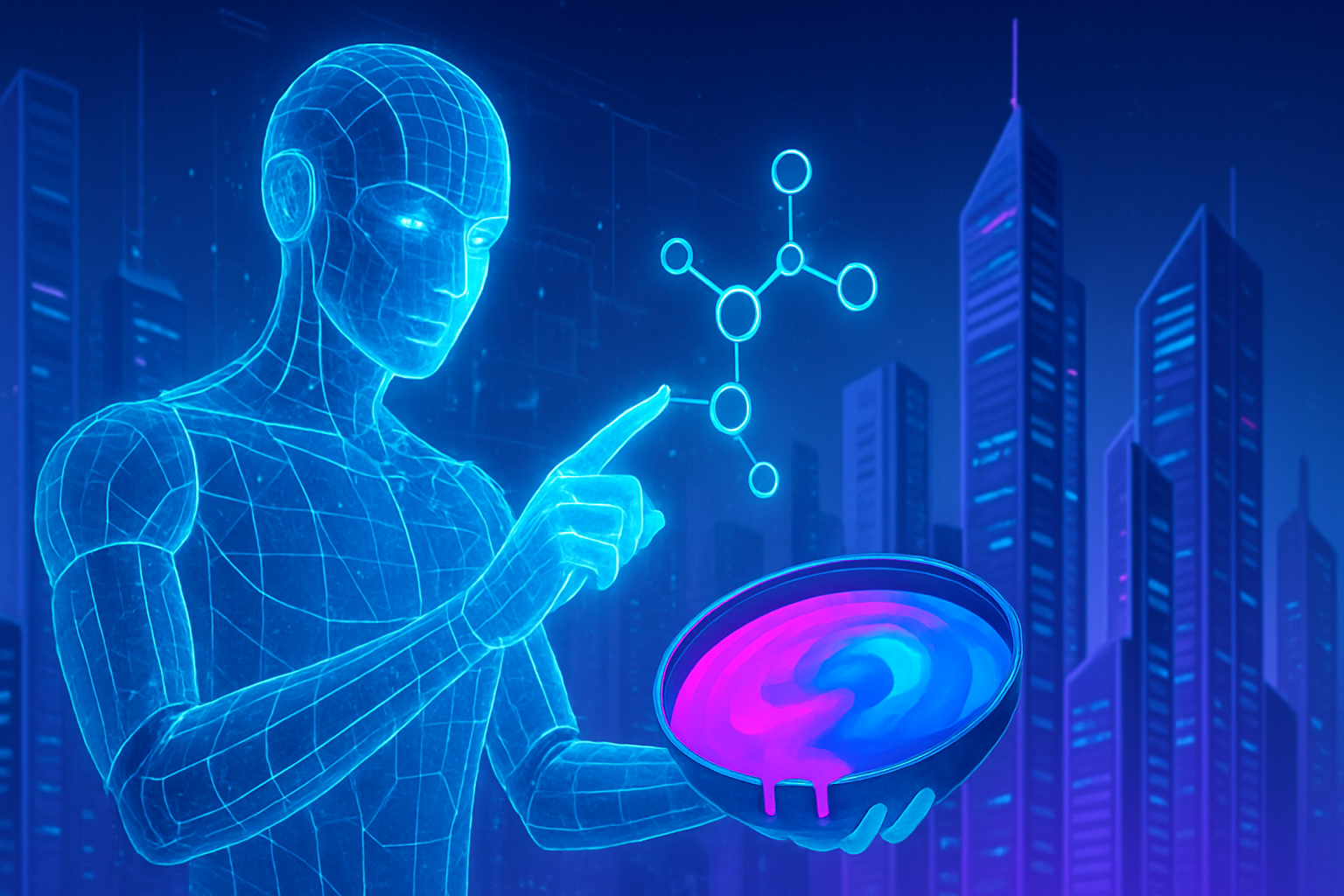Hyperparameters represent the fundamental pillar of AI model optimization, directly influencing their performance. A meticulous adjustment can significantly improve the accuracy of predictions and the robustness of algorithms. Neglecting these parameters could lead to disappointing results, thereby obscuring the potential of an otherwise powerful model.
A deep understanding of hyperparameters fosters a judicious approach, thus maximizing the effectiveness of AI-based applications. The technological and economic stakes related to optimizing these functions make their mastery imperative.
Hyperparameters play a fundamental role in optimizing artificial intelligence models. Careful tuning can transform an ordinary model into a high-performing solution. Each hyperparameter influences how a model learns from data, thus conditioning its ability to generalize and provide accurate results.
What is a hyperparameter?
A hyperparameter is defined as a parameter whose value is set before the model’s learning process. Unlike internal parameters, which change during training, hyperparameters are manually controlled. Their configuration influences the model’s structure and its performance.
The types of hyperparameters
Three categories of hyperparameters exist: those related to the network architecture, those concerning training, and those pertaining to regularization. Architecture hyperparameters include the number of layers and neurons. Training hyperparameters, such as the learning rate and batch size, impact the efficiency of updates during training. Regularization hyperparameters, such as dropout and weight decay, help prevent overfitting.
Tuning hyperparameters
The hyperparameter tuning process requires a methodical approach. Techniques include grid search, random search, and Bayesian optimization. Grid search involves testing all possible combinations of predetermined hyperparameters. In contrast, random search selects configurations randomly, making the process faster but less exhaustive.
The impact on model performance
A meticulous adjustment of hyperparameters can lead to a significant improvement in a model’s performance. For example, a learning rate that is too high can lead to oscillating results, while a rate that is too low can slow the model’s adaptation. The batch size influences the trade-off between training speed and variability in gradient updates.
Challenges related to hyperparameter optimization
The challenges inherent in hyperparameter optimization are not negligible. The risk of overfitting remains, particularly in scenarios where training data is limited. A model may learn too many details specific to the training data, thereby compromising its ability to generalize to new inputs.
Improvement strategies
To mitigate issues related to overfitting, various strategies prove effective. Using cross-validation allows for evaluating the model’s performance on different subsets of the data. This ensures a more reliable estimate of its generalization ability. Other techniques include the use of augmented datasets, a mechanism that enriches the training dataset by adding variations.
Hyperparameters remain the foundations of optimizing artificial intelligence models. Their judicious adjustment grants models the adaptability necessary to face evolving data environments. With well-crafted tuning strategies, it is possible to achieve results that exceed initial expectations.
Frequently Asked Questions about the Importance of Hyperparameters in AI Model Optimization
Why are hyperparameters essential for optimizing AI models?
Hyperparameters are crucial because they directly influence the structure, function, and performance of the AI model. Proper tuning improves prediction accuracy and learning efficiency.
How do hyperparameters affect a model’s overfitting?
Poorly tuned hyperparameters can enable the model to learn insignificant details from the training dataset, leading to overfitting. Good tuning helps balance learning details while maintaining the ability to generalize.
What are the most important hyperparameters to consider when optimizing an AI model?
Important hyperparameters include learning rate, batch size, number of epochs, dropout rate, weight decay, and learning rate scheduling.
How do you determine the best value for hyperparameters?
The best value for hyperparameters can be determined using techniques such as cross-validation, grid search, and Bayesian optimization, allowing for the assessment of model performance based on different settings.
What is the role of the learning rate in model optimization?
The learning rate controls the magnitude of adjustments made by the model at each iteration. A rate that is too high can lead to inappropriate jumps across solutions, while a rate that is too low makes learning excessively slow.
How is the concept of “freezing” layers relevant to model optimization?
“Freezing” layers helps preserve certain pre-trained parameters while adapting others, facilitating optimization for specific tasks while leveraging existing knowledge.
How does batch size influence model performance?
Batch size determines the number of examples processed by the model in a single update. Too large batch sizes may overlook details, while too small sizes may slow down learning. Finding a compromise is essential.
What to do if my model is not improving despite hyperparameter tuning?
If the model is not improving, it may be helpful to review data quality, assess the model architecture choices, or try other regularization approaches to prevent overfitting.






